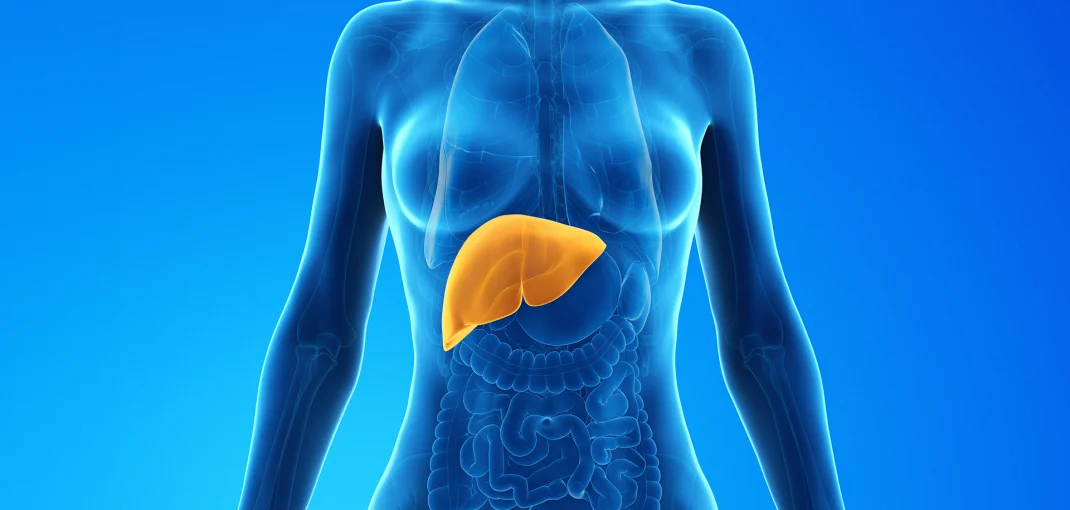Liver damage VS liver stress
As a general rule, hepatobiliary adverse effects of AAS use are usually limited to oral 17α alkylated agents.
These androgens are synthesized by replacing the hydrogen with a methyl or ethyl group at the C17α position, thus avoiding their deactivation during the first step of hepatic metabolism and allowing good oral bioavailability.
However, although SARMs do not have this chemical structure, it does not make them free of possible side effects on the liver. With the use of conventional AAS, what is usually seen is liver damage produced mainly by cholestasis (condition where bile is unable to flow correctly through the liver and into the duodenum), in short, this bile accumulates in the liver and subsequently causes damage to cells, resulting in cell death.
With the use of SARMs, what is commonly seen are elevations in transaminases without any effects at the biliary level in bloodwork. This, added to the large number of case reports of liver damage induced by the use of SARMs in the current scientific literature, based on this we could extrapolare that the damage they produce is a type of direct damage due to their interaction with the AR.
How to fix it
In these cases (SARMs use), the best thing is to use antioxidant agents at moderate doses to try to slightly attenuate the damage at the liver level without negatively affecting muscle mass.
-NAC: 600-1200mg per day.
-R-ALA: 600-1800 per day.
-Vitamin C: 1000mg per day.
Taking NAC is already more than enough in most cases, all the above products are easily availiable everywhere.
If we are using other types of oral PEDs we can always take TUDCA, 300-1200mg per day of TUDCA per day should be enough to fix any sort of temporary damage.
